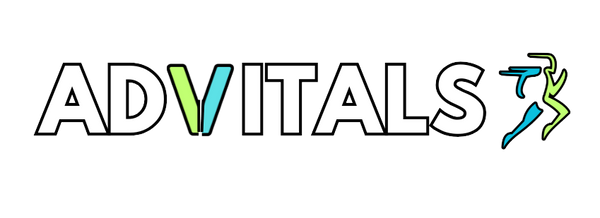In today's health-conscious world, understanding nutrition labels has become essential for anyone looking to make informed dietary choices. Whether you're trying to lose weight, manage a health condition, or simply eat better, knowing how to read and interpret these labels can empower you to take control of your nutrition and overall well-being. In this blog, we'll break down the components of a nutrition label, explain their significance, and offer tips on how to use this information to make healthier food choices.
What is a Nutrition Label?
A nutrition label, typically found on the packaging of food and beverage products, provides detailed information about the nutritional content of the item. Mandated by the FDA (Food and Drug Administration) in many countries, these labels are designed to help consumers make informed choices by providing a snapshot of the nutrients and ingredients in a product.
Key Components of a Nutrition Label
-
Serving Size: This is the first thing to look at on a nutrition label. The serving size tells you the amount of food that the nutritional information pertains to. All the numbers on the label are based on this specific serving size. It's crucial to note that if you consume more than the serving size, you’ll need to adjust the nutritional values accordingly.
-
Calories: This section shows the amount of energy you'll get from one serving of the product. Understanding calories is important for managing weight—consuming more calories than your body needs can lead to weight gain, while consuming fewer can lead to weight loss.
-
Macronutrients:
- Total Fat: This includes all types of fat in the product, including saturated and trans fats. While some fats are essential for health, others, like trans fats, should be limited as they can increase the risk of heart disease.
- Cholesterol: This indicates the amount of cholesterol in one serving. High intake of dietary cholesterol can contribute to heart disease, so it’s important to monitor.
- Sodium: High sodium intake is linked to increased blood pressure and heart disease, so watching your sodium intake is key to maintaining heart health.
- Total Carbohydrates: This includes dietary fiber, sugars, and complex carbohydrates. Fiber is beneficial for digestion, while added sugars should be limited to reduce the risk of obesity and diabetes.
- Protein: Protein is essential for muscle repair and growth. The label shows how much protein is in one serving, which is particularly important for those who are active or trying to build muscle.
-
Micronutrients:
- Vitamins and Minerals: Nutrition labels also list key vitamins and minerals, such as Vitamin D, calcium, iron, and potassium. These nutrients are essential for various bodily functions, including bone health, oxygen transport, and maintaining electrolyte balance.
-
Percent Daily Values (%DV): This section helps you understand how much of each nutrient a serving of the food contributes to a daily diet. The %DV is based on a 2,000-calorie diet, which is a general guideline for the average adult. If a nutrient has a %DV of 20% or more, it’s considered high, while 5% or less is considered low.
-
Ingredients List: Located below or next to the nutrition label, the ingredients list shows every ingredient in the product, listed in order of quantity, from highest to lowest. This list is particularly important for identifying food additives, allergens, or unwanted ingredients like added sugars and artificial preservatives.
How to Use Nutrition Labels for Healthier Choices
-
Watch Your Serving Sizes: Always compare the serving size on the label to how much you actually eat. If you eat double the serving size, remember that you’re consuming double the calories, fats, sugars, etc.
-
Limit Added Sugars: Aim to choose products with low amounts of added sugars. The American Heart Association recommends no more than 25 grams (6 teaspoons) of added sugar per day for women and 36 grams (9 teaspoons) for men.
-
Choose Whole Grains: When checking carbohydrates, opt for products with higher dietary fiber content. Whole grains should be listed as the first ingredient to ensure you're getting the benefits of fiber.
-
Monitor Sodium Intake: Look for foods with lower sodium levels, especially if you have high blood pressure. The FDA recommends consuming no more than 2,300 milligrams of sodium per day.
-
Check the Fats: Focus on foods with healthy fats, like unsaturated fats, and limit saturated and trans fats. Trans fats, in particular, should be avoided as much as possible.
-
Focus on Nutrient Density: Choose foods that are rich in vitamins, minerals, and other beneficial nutrients but low in calories. This includes fruits, vegetables, lean proteins, and whole grains.
-
Avoid Empty Calories: Steer clear of products that are high in calories but low in nutrients, often referred to as "empty calories." These include sugary drinks, snacks, and processed foods.
Conclusion
Understanding how to read and interpret nutrition labels is a crucial skill for anyone looking to improve their diet and overall health. By paying attention to serving sizes, calories, macronutrients, and ingredients, you can make more informed choices that align with your health goals. Remember, knowledge is power—being aware of what you're putting into your body is the first step towards a healthier lifestyle.
